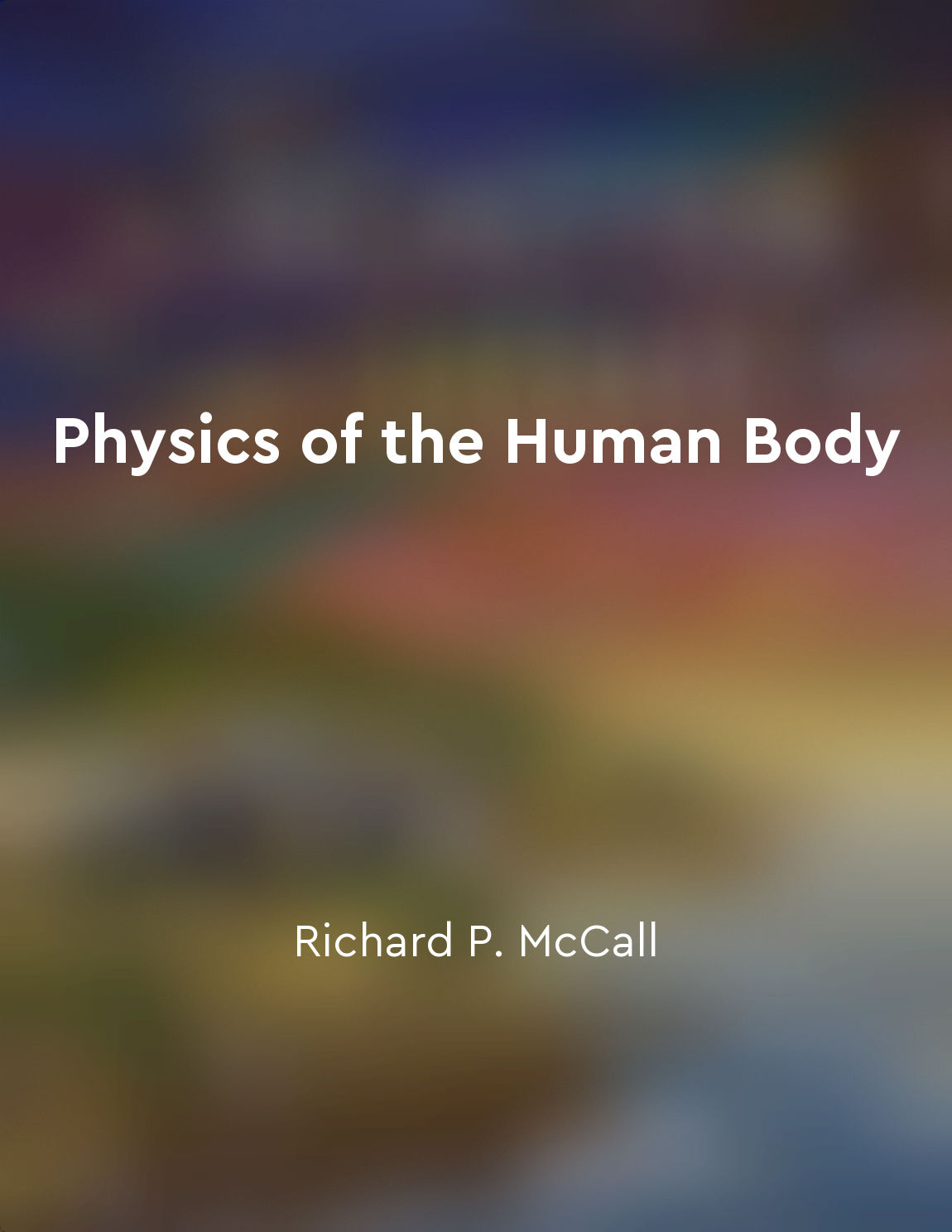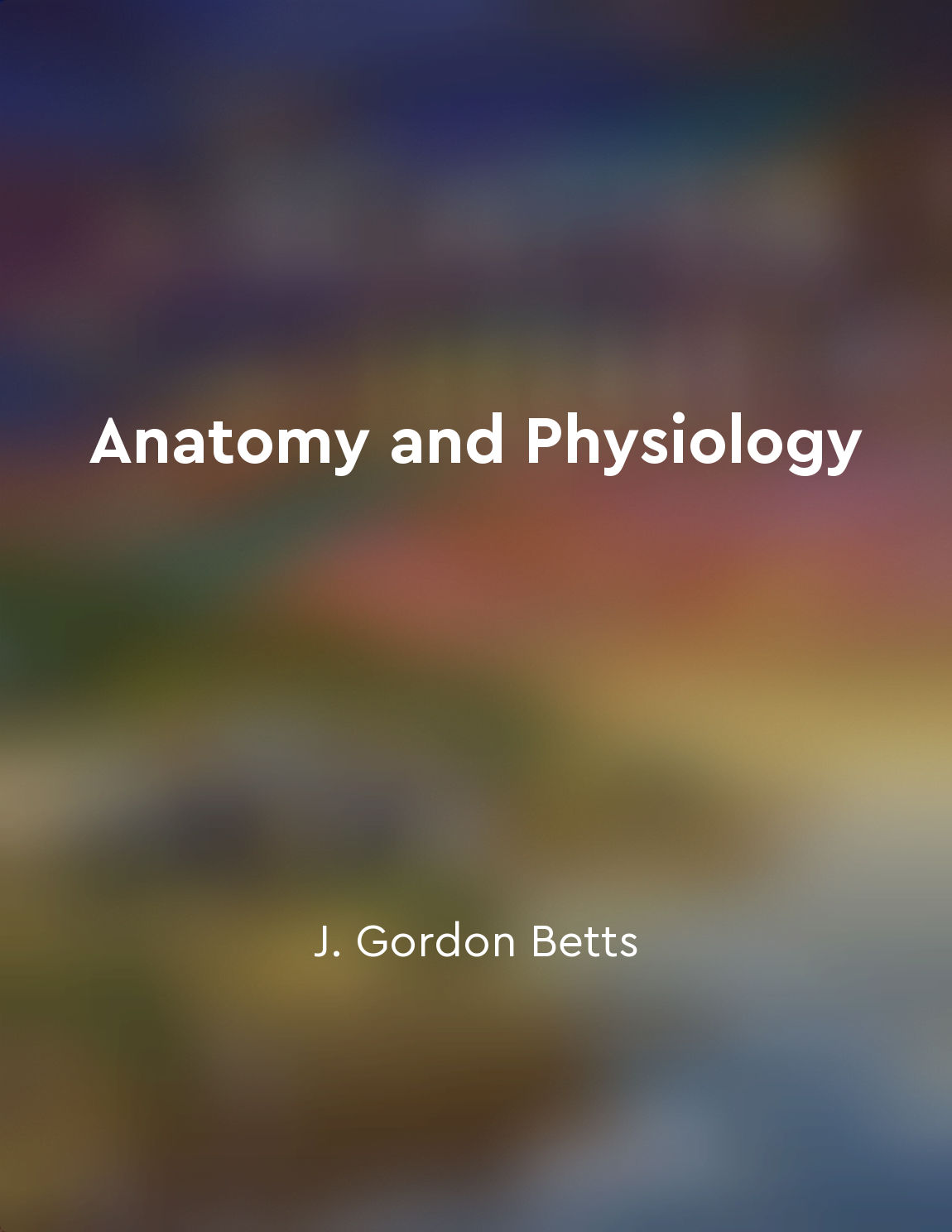Audio available in app
The muscular system allows for movement from "summary" of Anatomy and Physiology by J. Gordon Betts,Peter DeSaix,Jody E. Johnson,Oksana Korol,Dean H. Kruse,Brandon Poe,James A. Wise,Mark Womble,Kelly A. Young
The muscular system is a crucial component of the human body, enabling movement through the contraction and relaxation of muscles. Muscles are responsible for generating force, which is essential for various bodily functions such as walking, running, and lifting objects. Without the muscular system, these movements would not be possible, highlighting its importance in everyday activities. Muscles work in conjunction with the skeletal system to produce movement. Skeletal muscles, attached to bones via tendons, contract when stimulated by motor neurons, resulting in the movement of body parts. This coordinated effort between muscles and bones allows for smooth and precise movements, showcasing the intricate relationship between the muscular and skeletal systems. The muscular system consists of three types of muscles: skeletal, cardiac, and smooth. Skeletal muscles, the most abundant type, are under voluntary control and are responsible for movements like walking and jumping. On the other hand, cardiac muscles are found in the heart and are responsible for pumping blood throughout the body. Finally, smooth muscles are located in various organs and blood vessels, aiding in functions such as digestion and blood flow regulation. Muscle contraction is a complex process that involves the interaction of various proteins within muscle fibers. When a muscle receives a signal from the nervous system, calcium ions are released, allowing for the binding of myosin and actin filaments. This interaction leads to the shortening of the muscle fiber, resulting in movement. Once the signal is no longer present, the muscle relaxes, returning to its original length.- The muscular system plays a vital role in enabling movement in the human body. Through the coordinated effort of muscles, bones, and nerves, individuals can perform a wide range of activities essential for daily living. Understanding the intricacies of muscle function can provide valuable insights into maintaining optimal health and well-being.
Similar Posts
Finding time for hobbies and interests is important for mental health
Engaging in hobbies and interests is not just about having fun or passing the time; it is a crucial component of maintaining go...
Mix up your workout routines for better progress
To make the most of your workouts and continue seeing progress, it's essential to vary your routine regularly. Doing the same e...

Quality sleep improves hormone balance
Getting enough quality sleep is crucial for maintaining a healthy hormone balance. When we don't get enough sleep, our body's h...
Cultivating a positive body image is crucial for mental health
Our body image is not just about how we see ourselves physically; it is also intricately connected to our mental well-being. Re...

Building a toolbox of coping skills can empower in anxiety management
When it comes to managing anxiety, one of the most effective strategies is to develop a toolbox of coping skills. This toolbox ...

Lymph nodes filter harmful substances from the lymphatic fluid
Lymph nodes are small, bean-shaped structures that play a crucial role in the immune system. They act as filters, helping to re...

Movement relies on the interactions of muscles and joints
The coordination of movement in the human body is a complex process that involves the interaction of muscles and joints. Muscle...


